Remnants and Their Uses
May 25, 2025
What Are Countertop Remnants and What Can They Be Used For?
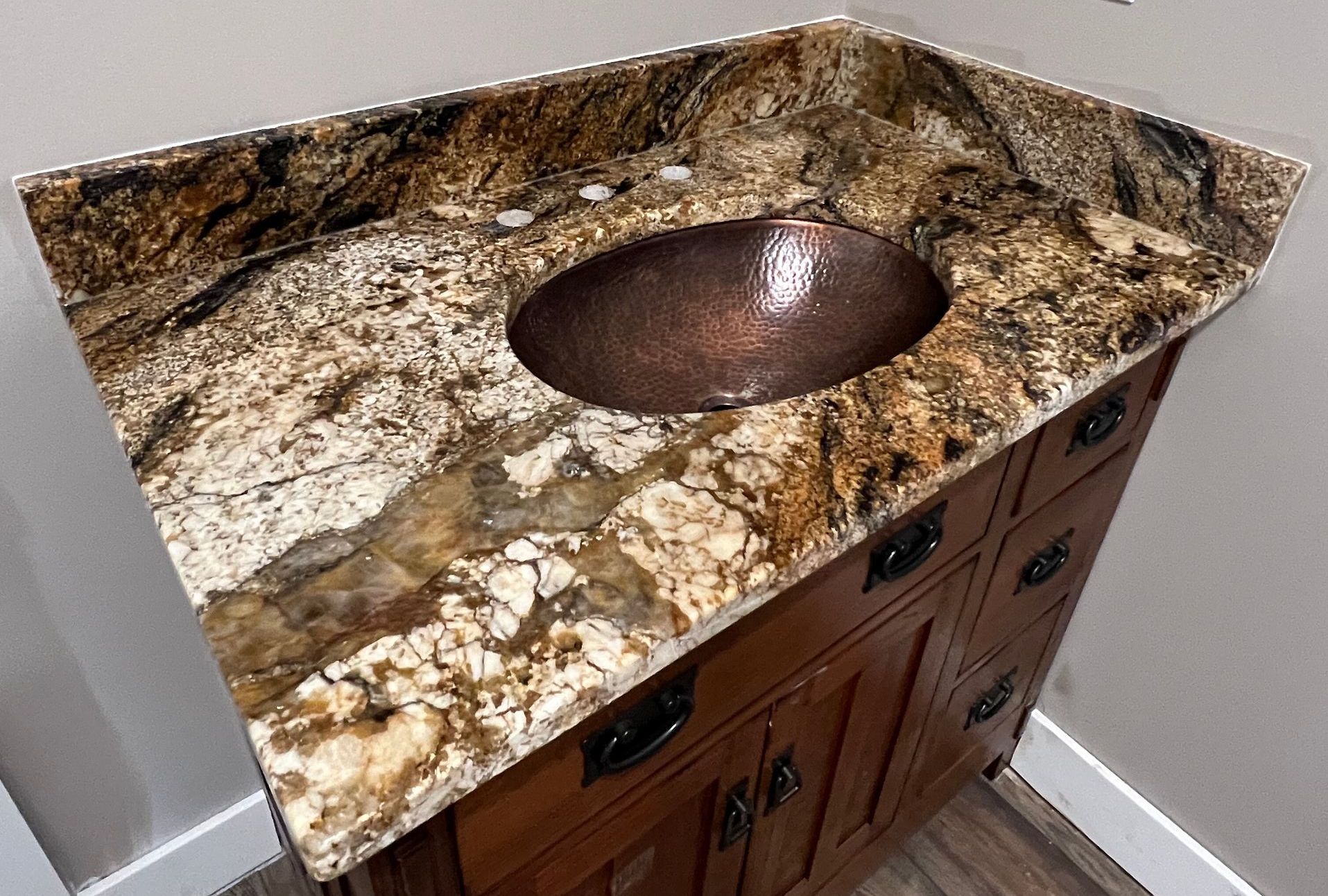
When it comes to home improvement projects, especially kitchen or bathroom renovations, countertops are often one of the most significant investments. However, many homeowners are surprised to learn that there’s a cost-effective and eco-friendly option for smaller projects—countertop remnants.
But what exactly are countertop remnants, and how can they be used? In this post, we’ll dive into what remnants are, where they come from, and some creative ideas for incorporating them into your home.
What Are Countertop Remnants?
Countertop remnants are leftover pieces of stone, quartz, granite, marble, or other materials from larger countertop slabs. These smaller pieces are typically remnants from fabrication projects, where a full-size countertop slab is cut into various pieces for specific installations. After the larger pieces are used, smaller sections—often referred to as "remnants"—remain. These leftover sections can range in size from small scraps to larger slabs, making them perfect for various applications in your home.
Countertop remnants are often sold at a discounted price since they are not large enough to be used for full countertops. These remnants may be available through countertop fabricators, home improvement stores, or specialty showrooms. They are a fantastic option for smaller projects or for those looking to add a touch of luxury to a space without breaking the bank.
Why Should You Consider Using Countertop Remnants?
There are several advantages to using countertop remnants, including:
- Cost Savings: Since remnants are leftover pieces from larger slabs, they’re typically much cheaper than buying a brand-new slab of the same material. This can save you money, especially if you’re only working on a smaller project.
- Eco-Friendly: By using remnants, you're helping to reduce waste and repurpose material that might otherwise go unused. This is a great option for eco-conscious homeowners.
- Unique, One-of-a-Kind Pieces: Remnants often come in unusual shapes and sizes, which means you can create a custom look that’s completely unique to your space.
- High-Quality Materials: Countertop remnants are often made from high-end materials like granite, quartz, or marble. By choosing remnants, you can afford materials that might otherwise be out of your price range.
What Can Countertop Remnants Be Used For?
Countertop remnants may be smaller pieces of material, but they can be used in a variety of creative ways throughout your home. Here are some ideas to inspire you:
Small Kitchen or Bathroom Countertops
If you’re renovating a small kitchen, bathroom, or laundry room, remnants are an excellent choice for creating a high-quality countertop. Whether it’s a small kitchen island, a vanity countertop, or a bar area, remnants can be cut to size and installed as a beautiful, functional surface.
For example:
- Bathroom Vanities: Remnants are often perfect for creating custom vanity tops in powder rooms or guest bathrooms. You can get a luxurious look without the cost of a full-sized countertop.
- Mini Islands or Bar Counters: If you want a small prep island in your kitchen or a bar counter for entertaining, a countertop remnant can be an ideal fit.
Accent Pieces or Cutting Boards
Remnants can be cut and polished to make a variety of accent pieces, including cutting boards, serving trays, or decorative displays. A custom cutting board made from the same material as your countertops can tie your kitchen together beautifully. Additionally, if you’re looking for unique, one-of-a-kind pieces, remnants can be shaped into smaller items that add a personal touch to your space.
Shelves or Floating Shelves
For a modern and sleek design, use remnants to create shelves or floating shelves. Quartz, granite, or marble shelves can provide both beauty and function, adding a luxurious touch to any room. Whether in the kitchen for spices or in the bathroom for toiletries, countertop remnants can make stylish and durable shelves.
Table Tops
Countertop remnants can also be transformed into gorgeous table tops for coffee tables, side tables, or even desks. Whether you’re building furniture from scratch or updating an existing piece, a remnant can be a stunning top for a unique piece of furniture. Depending on the size of the remnant, you may be able to create a round, square, or rectangular table top that suits your space.
Fireplace Surrounds
Using countertop remnants as a fireplace surround is another great way to utilize leftover material. The durable, heat-resistant properties of granite make it an excellent material for creating a stylish fireplace surround that will withstand the test of time.
Coasters or Trivets
For smaller pieces of remnant material, consider using them to create coasters, trivets, or placemats. These functional and stylish items can be made from a variety of stones, adding an elegant touch to your dining table or kitchen.
Outdoor Applications
If you have a patio or outdoor kitchen, countertop remnants can be used to create outdoor countertops, bar tops, or tabletops. Durable stones like granite and quartz are perfect for outdoor settings as they can stand up to the elements while adding a sophisticated look to your backyard space.
Remnants Available at MGL Granite!
At MGL Granite, we have a variety of remnants available at both our Hampton and Norfolk locations. These remnants are perfect for your creative projects, whether it’s a small kitchen island, bathroom vanity, or any other custom creation you have in mind.
Stop by either of our showrooms to view the remnants we have in stock. Our team will be happy to help you select the perfect piece, assist with fabrication, and guide you in bringing your vision to life.
Conclusion
Countertop remnants offer a cost-effective, eco-friendly, and creative way to incorporate high-quality materials into your home design. Whether you’re renovating a small kitchen, building custom furniture, or simply want to add unique accents to your space, remnants can be used in a wide variety of applications.
By thinking outside the box and considering the possibilities for these leftover pieces, you can enhance your home while staying within budget and making an environmentally conscious choice. So, the next time you're looking to update your space, be sure to explore the world of countertop remnants at MGL Granite. We might just have the perfect solution for your next project!
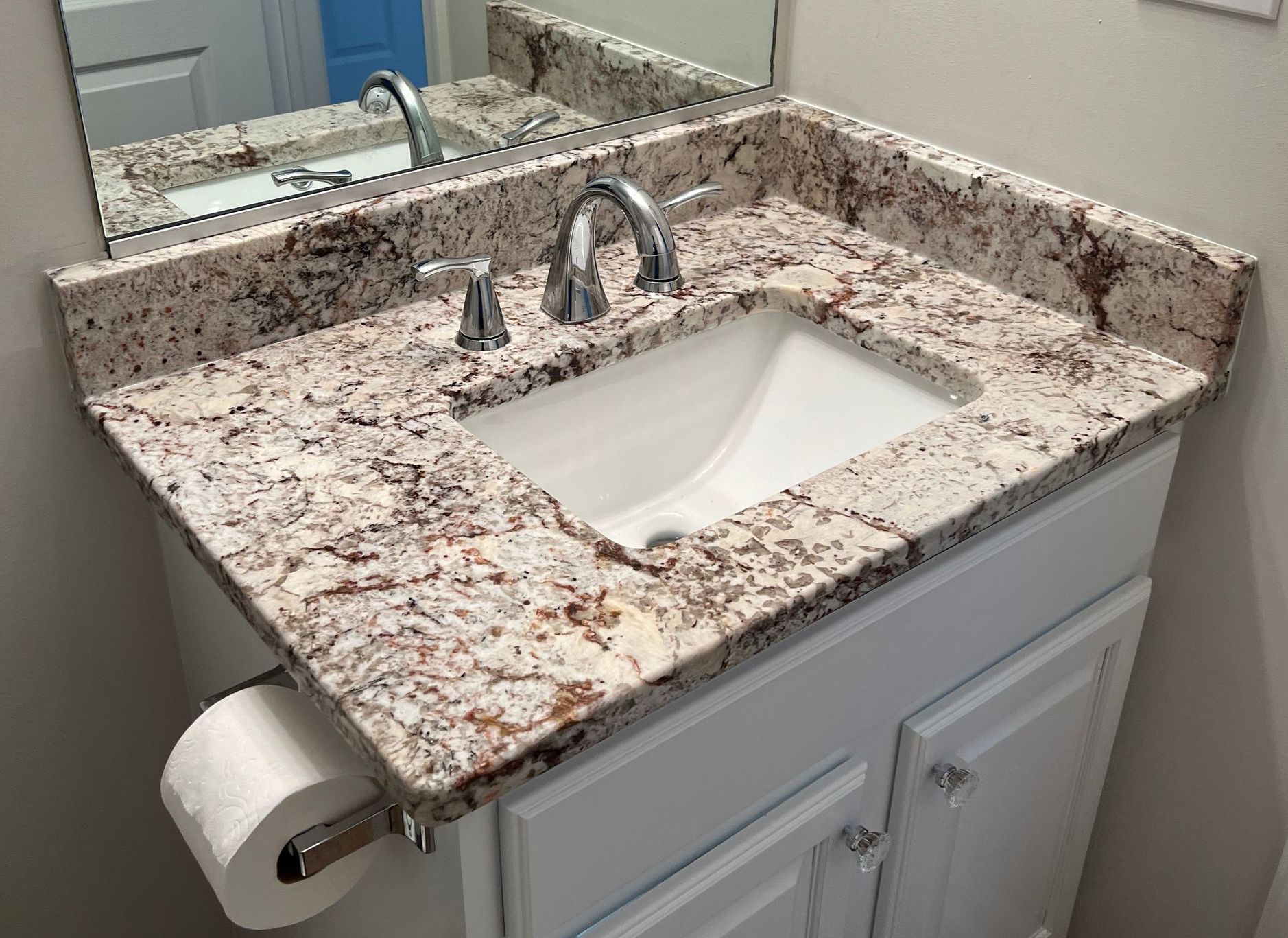
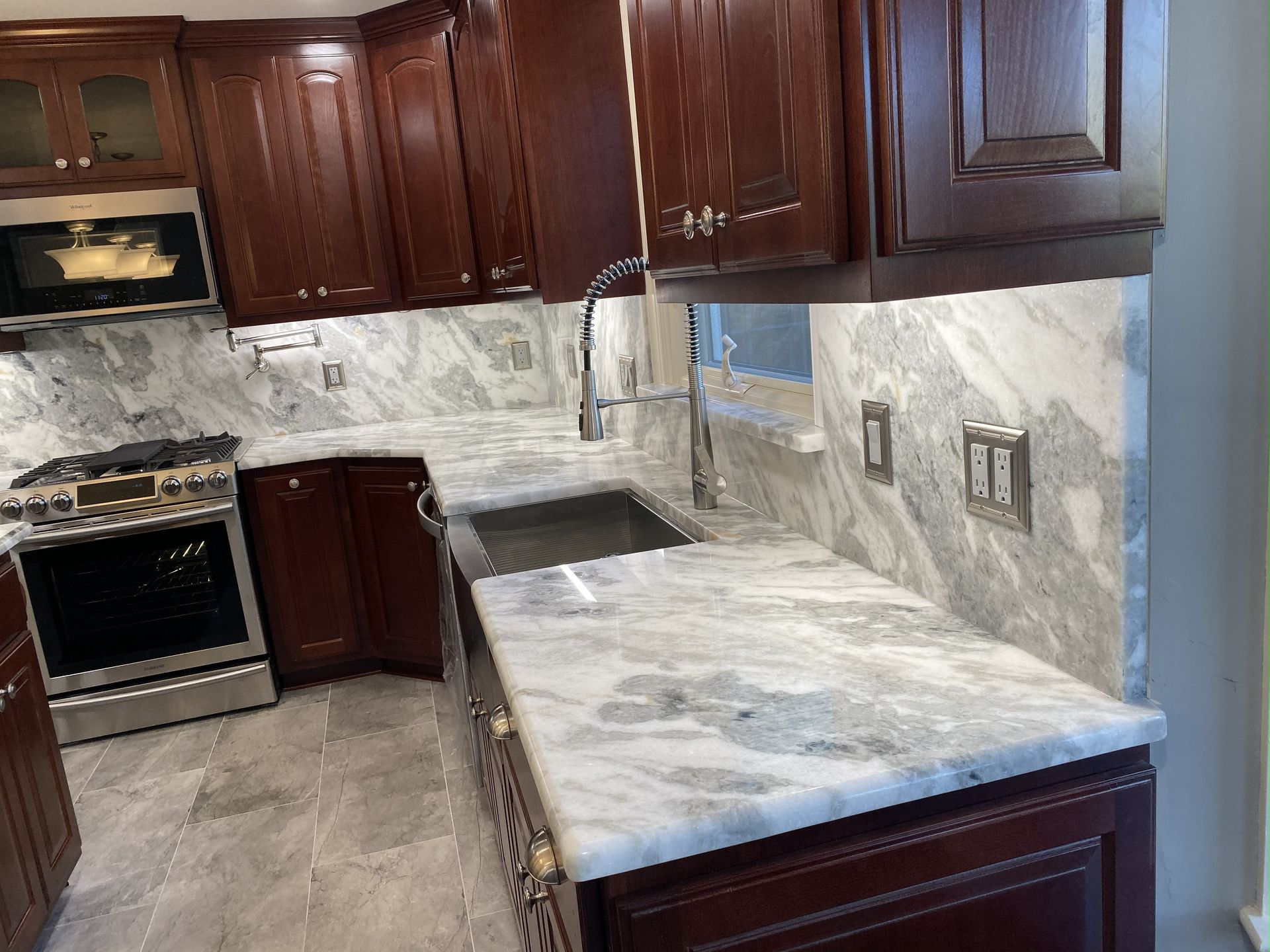
Granite is one of the most popular choices for kitchen and bathroom countertops—and for good reason. It's durable, beautiful, and timeless. But like any natural stone, granite needs a little care to keep it looking its best. One of the most important steps in maintaining granite countertops is sealing them. In this post, we’ll walk you through the basics of sealing granite, why it’s so important (especially for countertops that get regular use), and how MGL Granite can help. Why Does Granite Need to Be Sealed? Granite is a natural stone with a porous surface. That means that if it's left unsealed, liquids like water, oil, wine, or juice can seep into the stone, causing stains or even long-term damage. Bacteria can also find their way into those tiny pores, which isn’t something you want on your food prep surfaces. Sealing your granite countertops helps create a protective barrier that: Repels moisture and spills Prevents staining Makes cleaning easier Extends the life and beauty of your countertops How Often Should You Seal Granite? It depends on the type of granite, how much use your countertops get, and the type of sealer used. Some granite varieties are denser and require sealing less often, while others are more porous and need more frequent attention. As a general rule: Seal high-use kitchen countertops once a year. For less frequently used areas (like guest bathrooms), every 2–3 years may be enough. Pro Tip: Not sure if it's time to reseal? Drip a few drops of water on the surface. If it beads up, you're good. If the water soaks in, it's time to reseal. How to Seal Granite Countertops: Step-by-Step 1. Clean the Surface Thoroughly: Wipe down your granite with a gentle stone cleaner or warm soapy water. Remove all residue and let it dry completely before sealing. 2. Choose the Right Sealer: Use a granite-specific penetrating (or impregnating) sealer that soaks into the stone to provide long-lasting protection. 3. Apply the Sealer: Follow the instructions on the label. Typically, you'll a pply the sealer evenly with a clean cloth or applicator pad. Let it absorb for about 15–20 minutes. Wipe off any excess with a clean, dry cloth 4. Let It Cure: Most sealers cure within 24 hours. During this time, avoid using the surface or getting it wet. Want a Professional to Handle It? We've Got You Covered! At MGL Granite, we don’t just install granite—we help you maintain it. We offer professional granite sealing services, so you don’t have to worry about the mess or guesswork. Whether you need sealing for a newly installed countertop or want to refresh an older surface, we’re here to help. Keep Your Granite Looking Great for Years Sealing your granite countertops is a simple step that goes a long way in protecting your investment. With regular maintenance—or a visit from our team—you can enjoy the beauty and durability of your countertops for decades to come. Contact us today to schedule your sealing service or ask about the best care plan for your countertops!

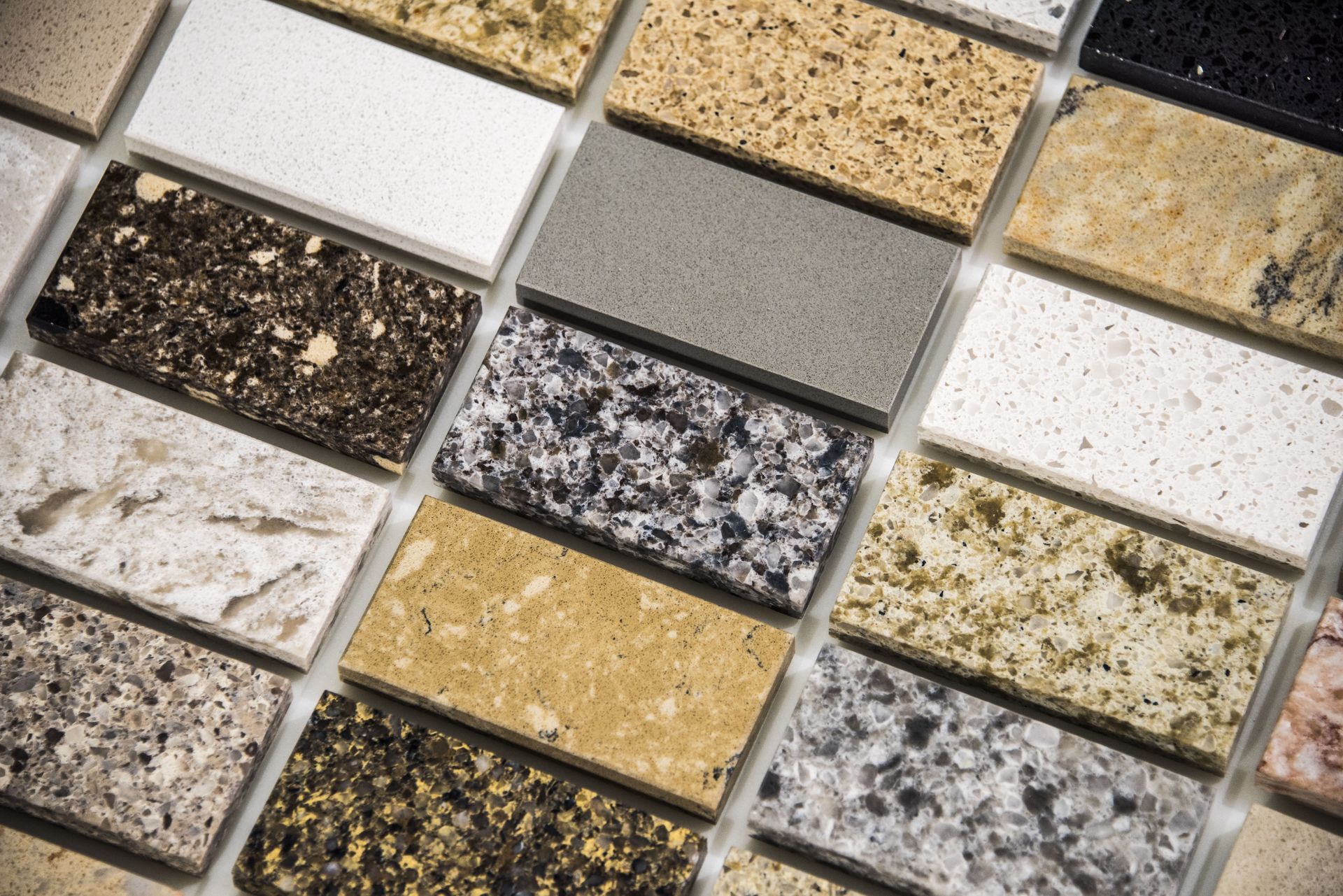
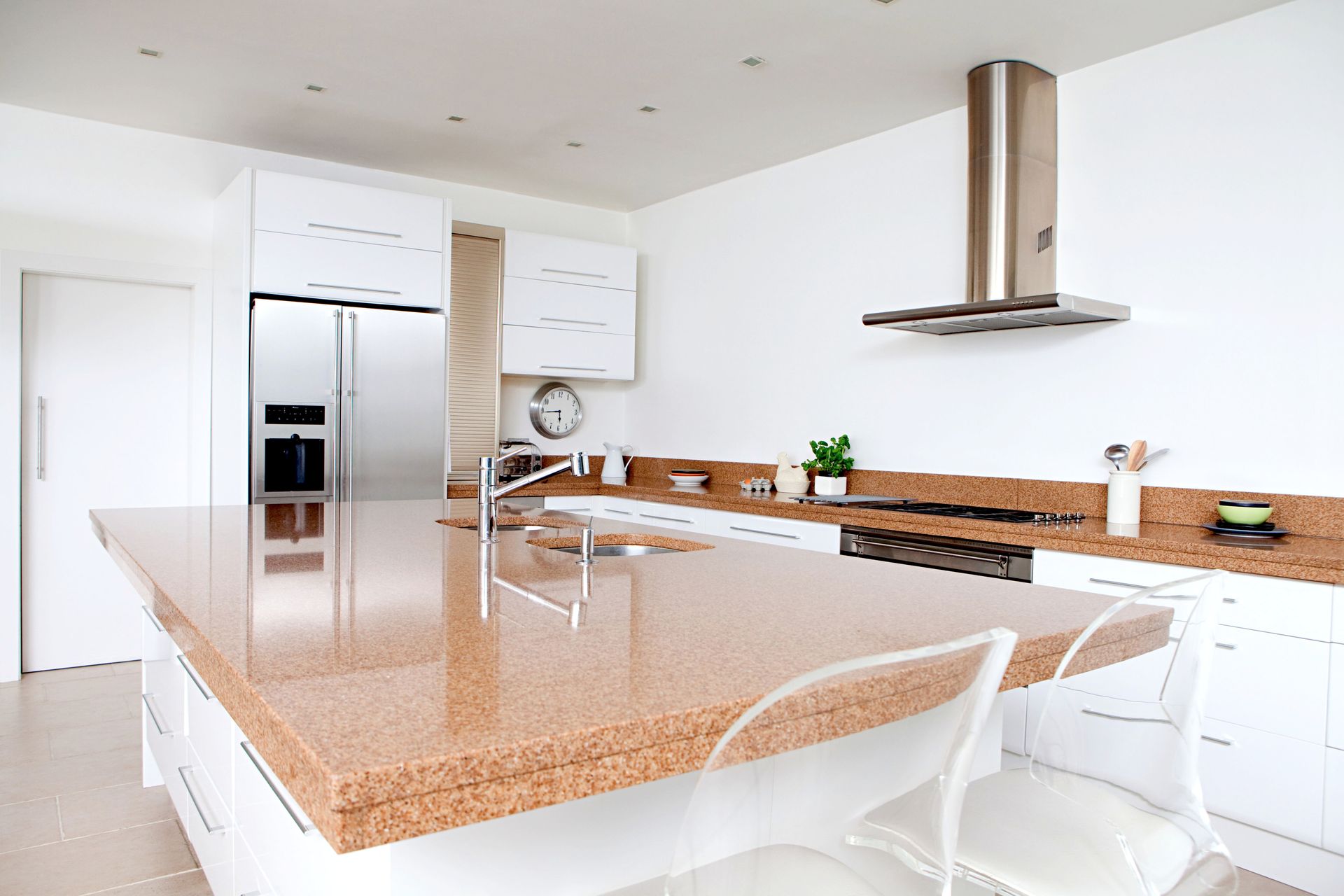

Share On: